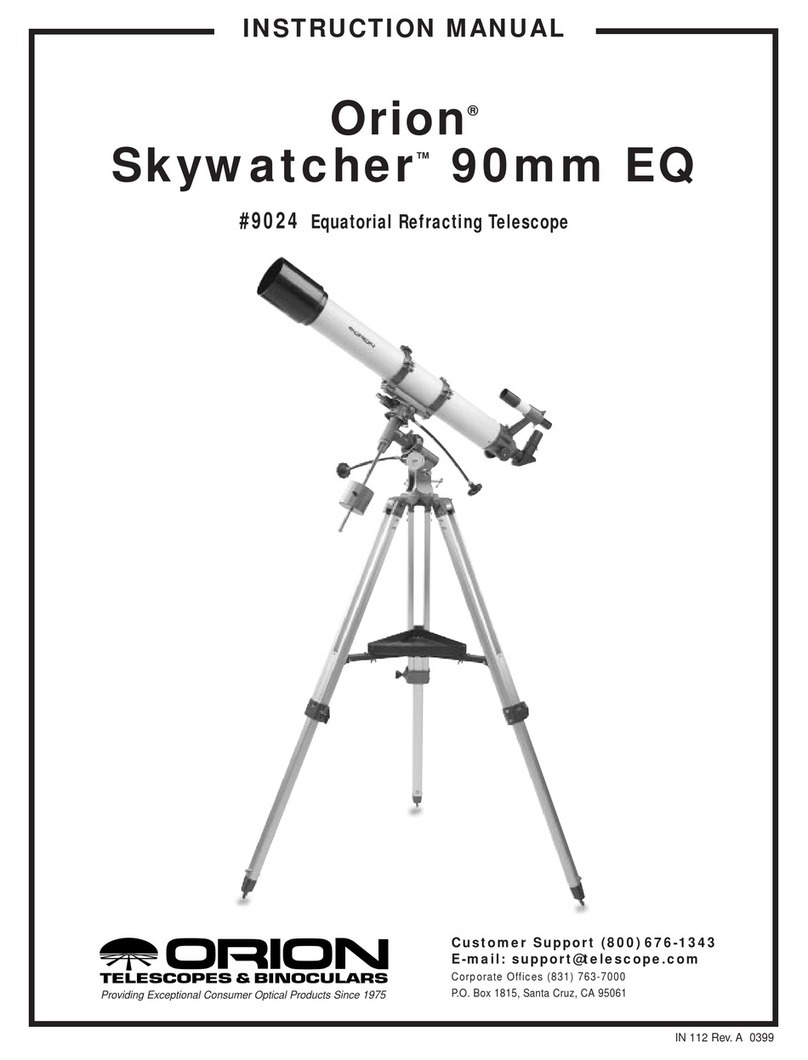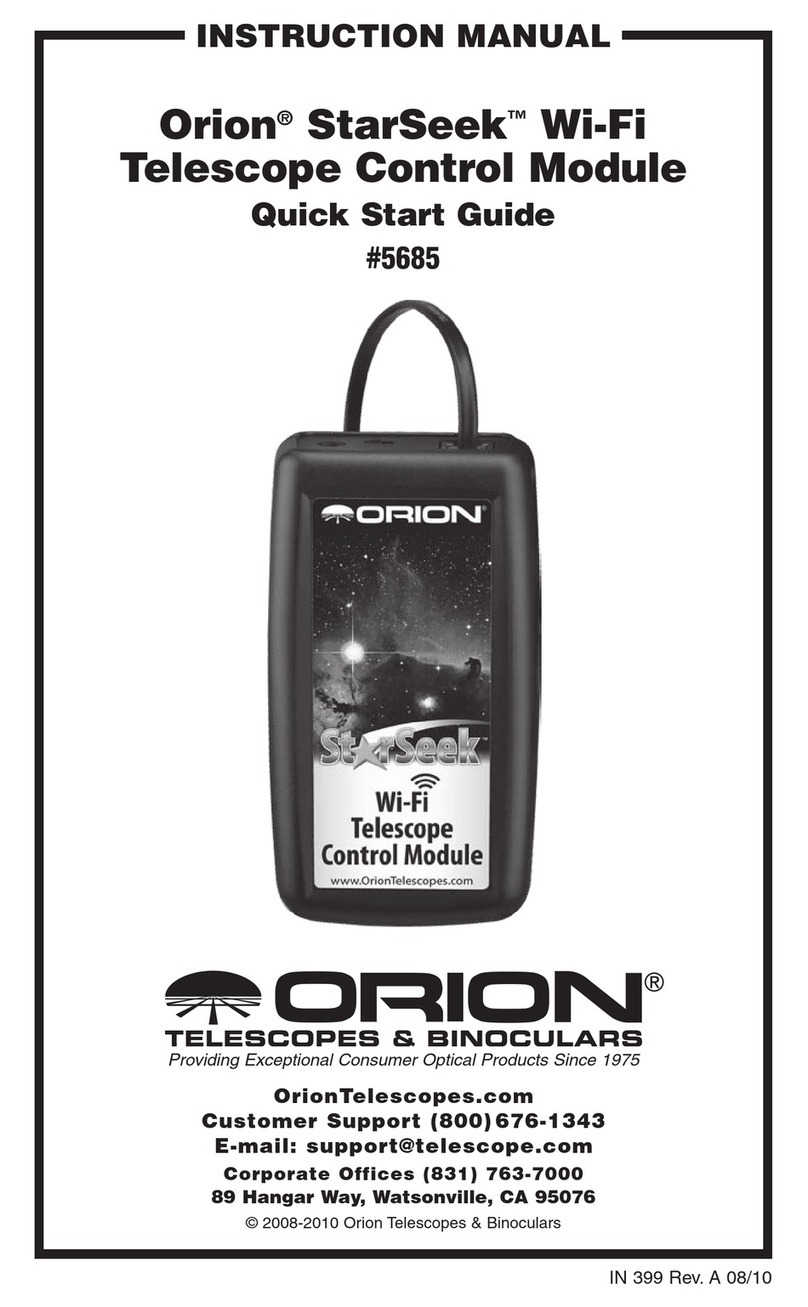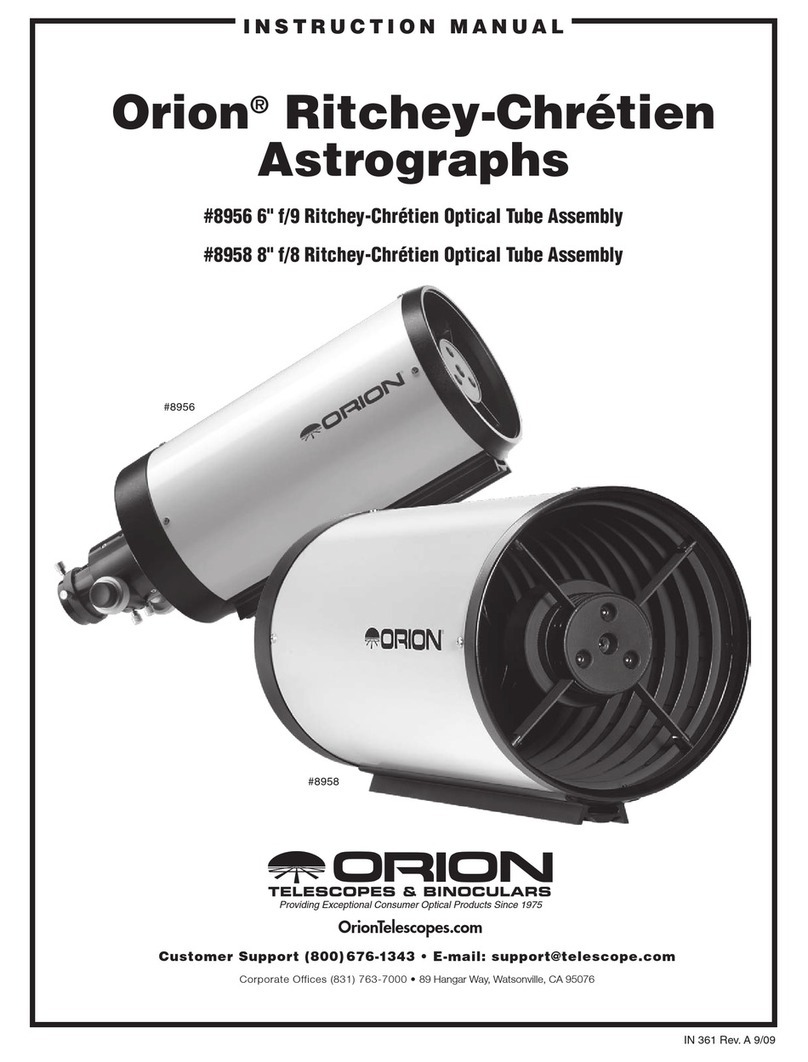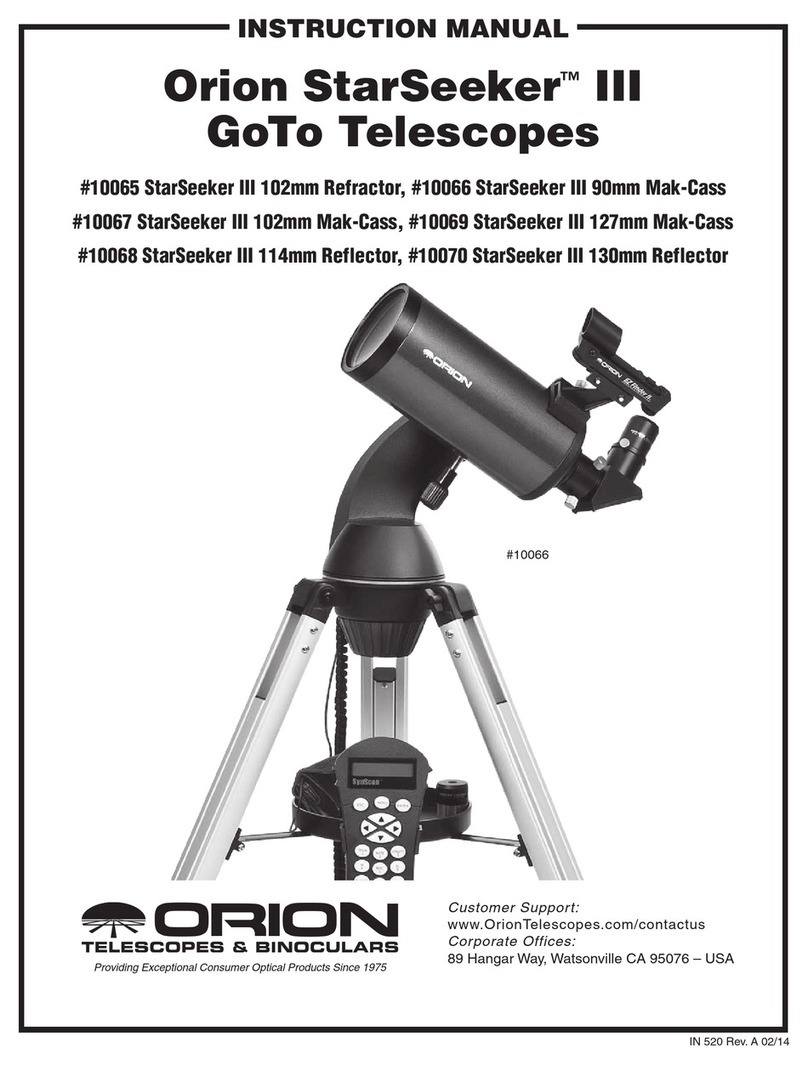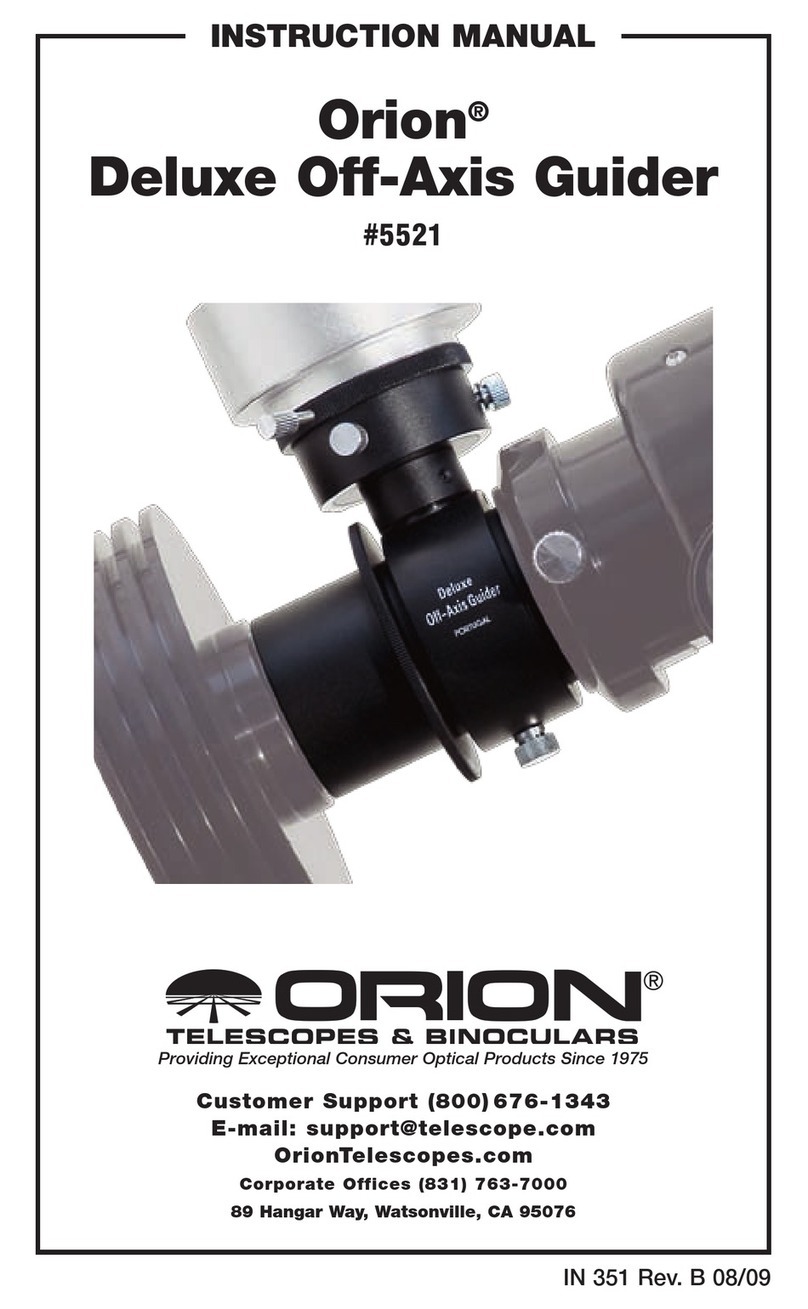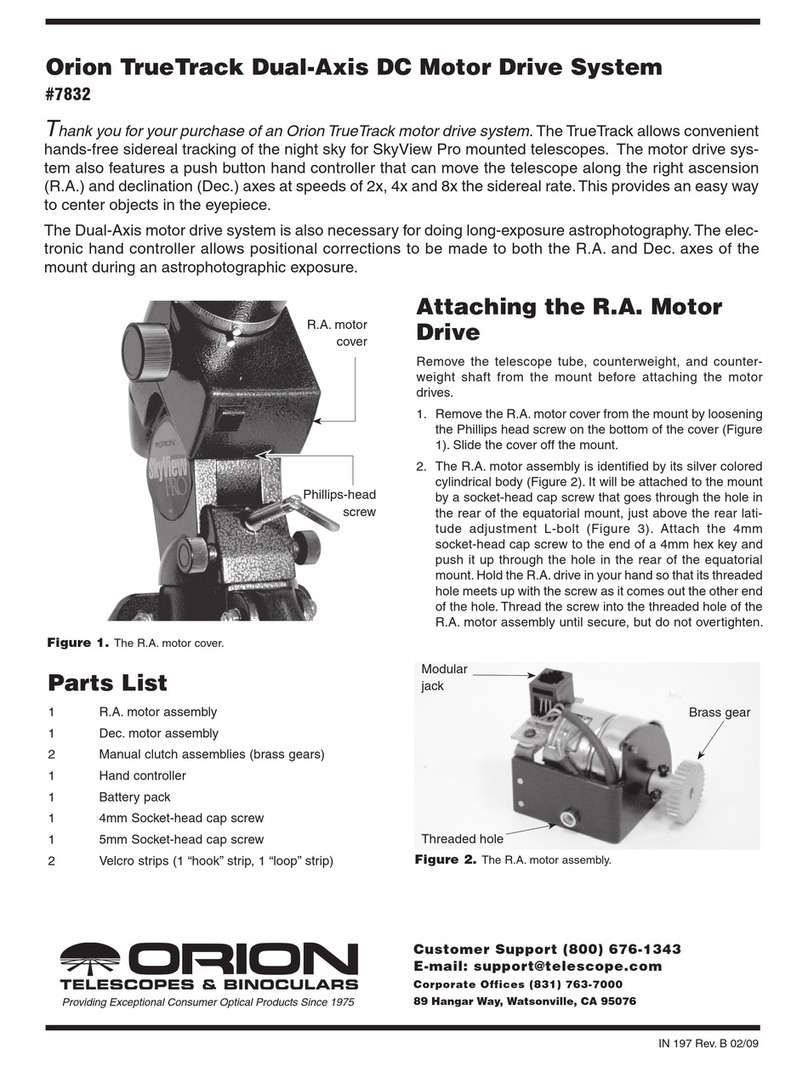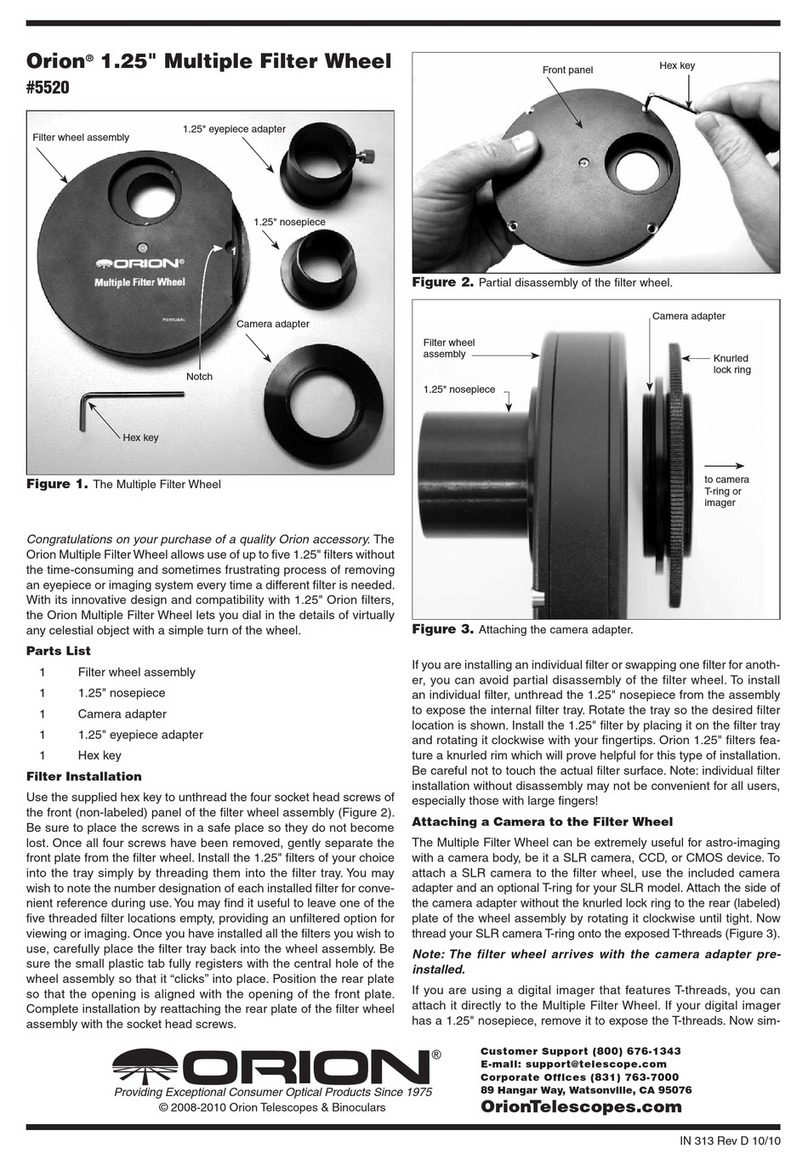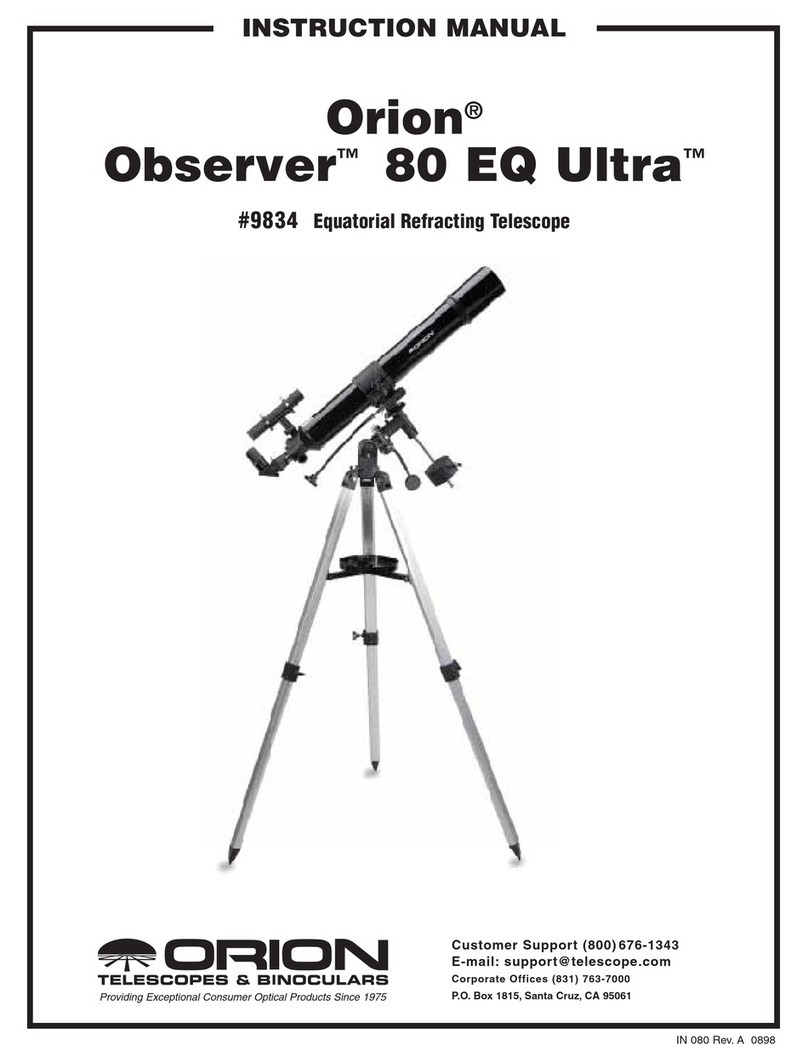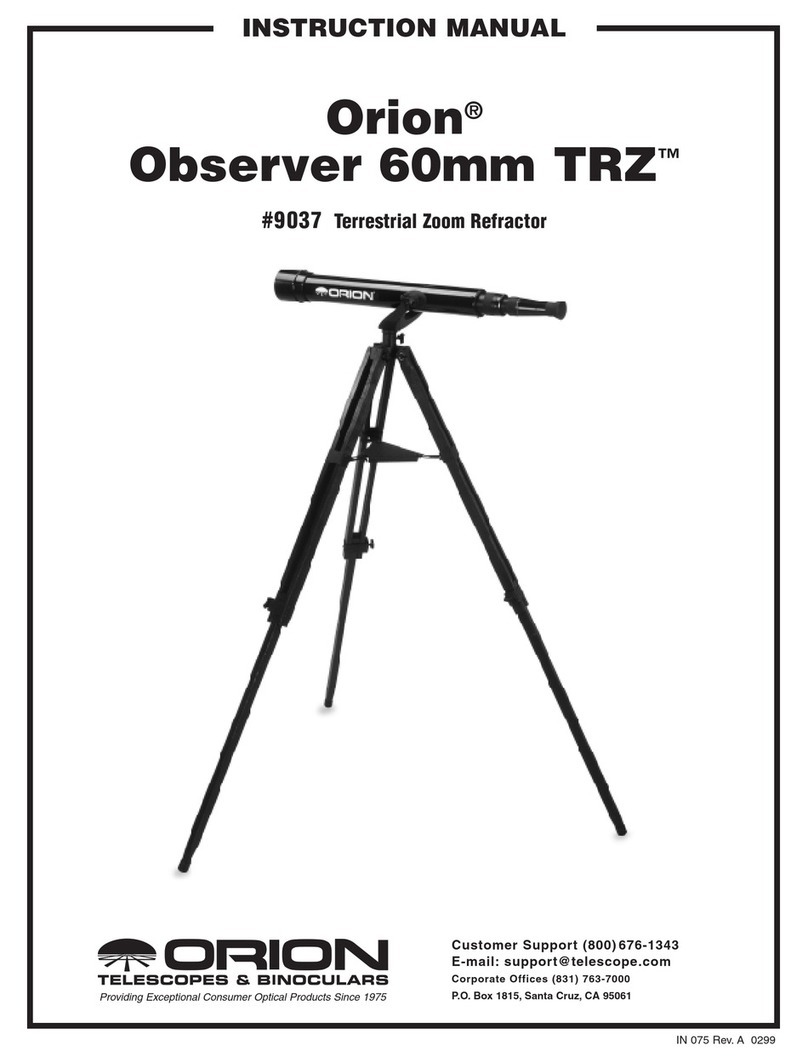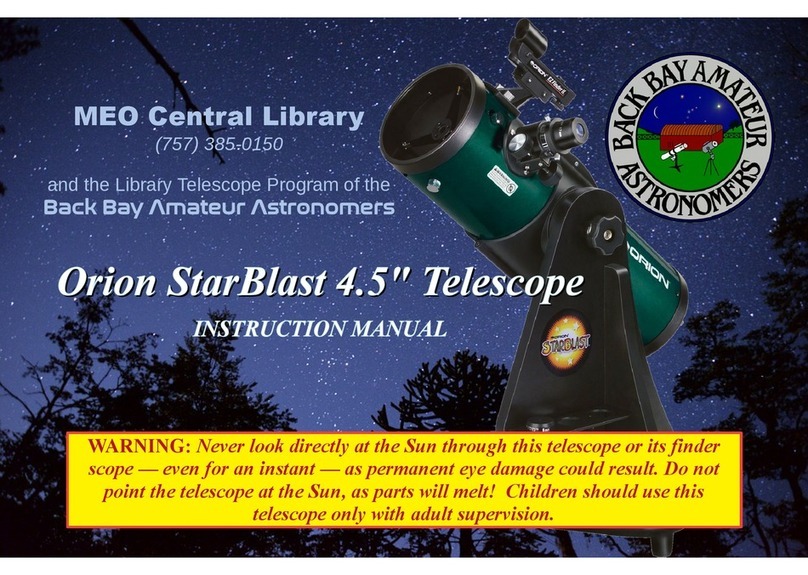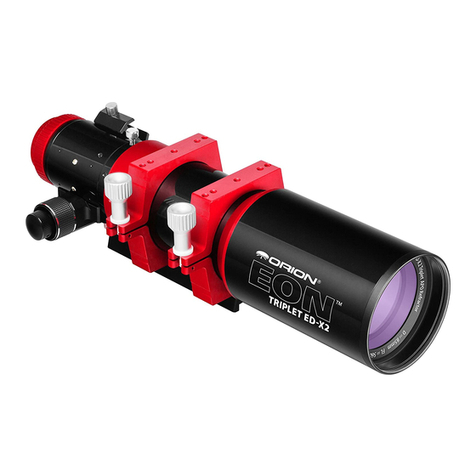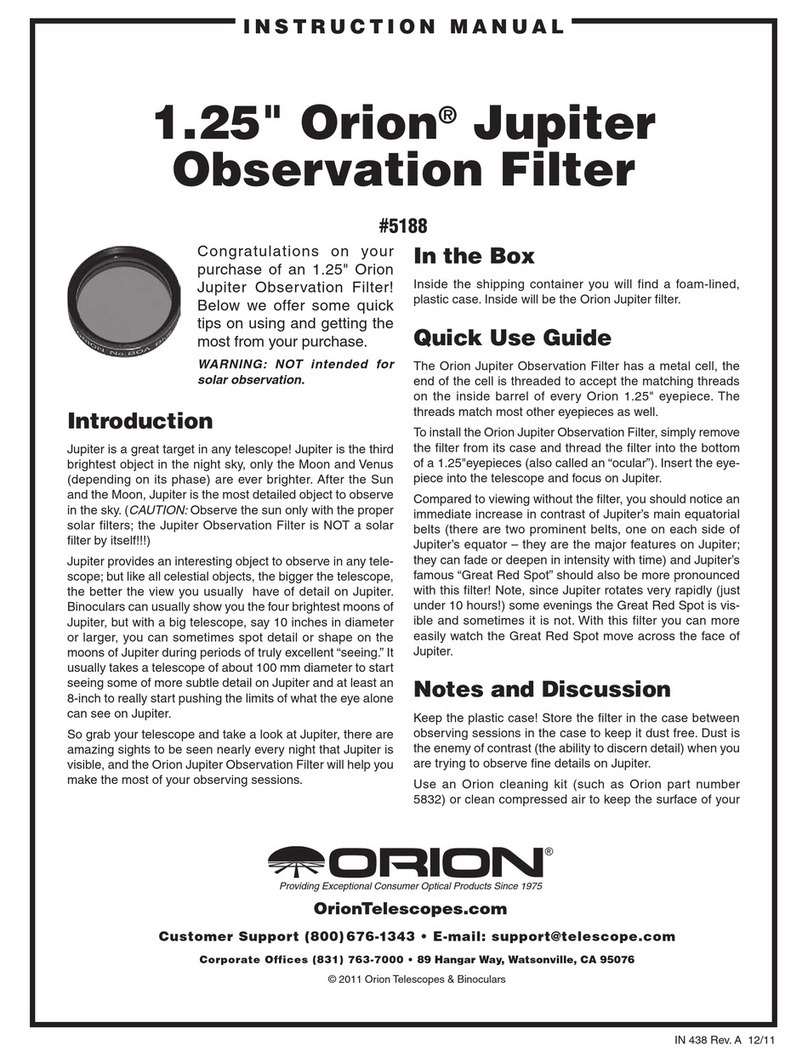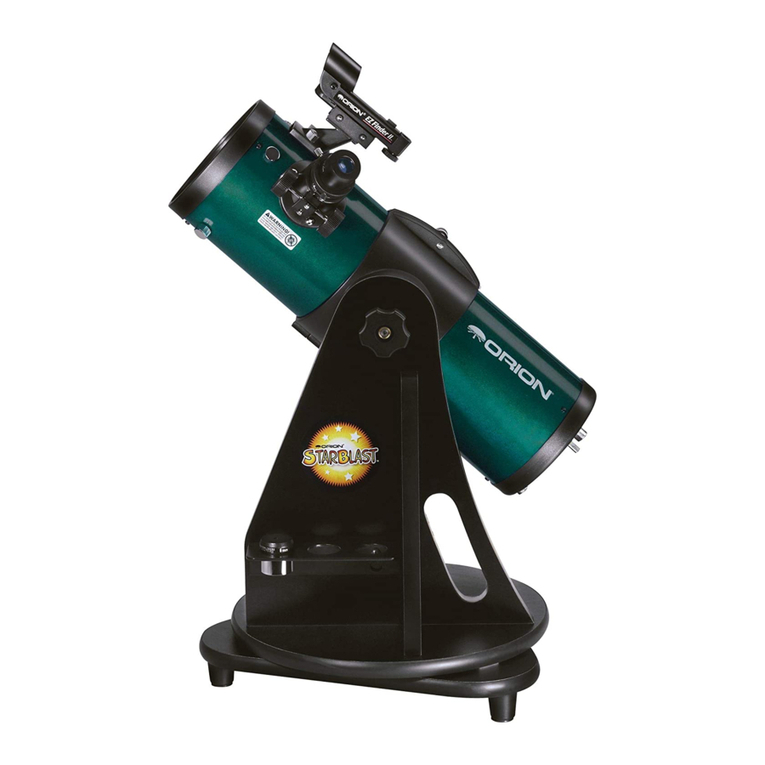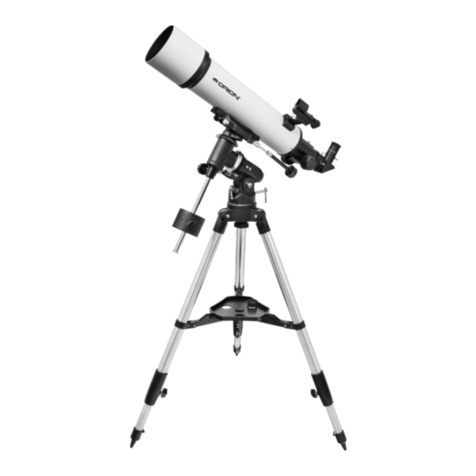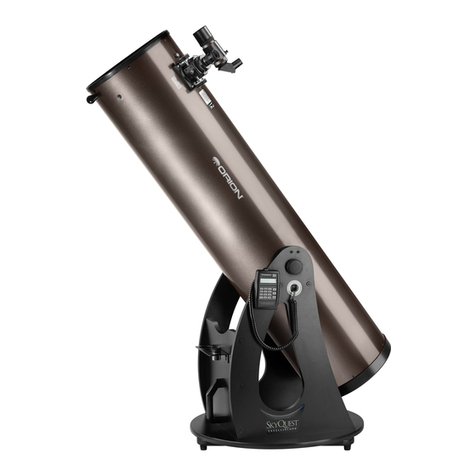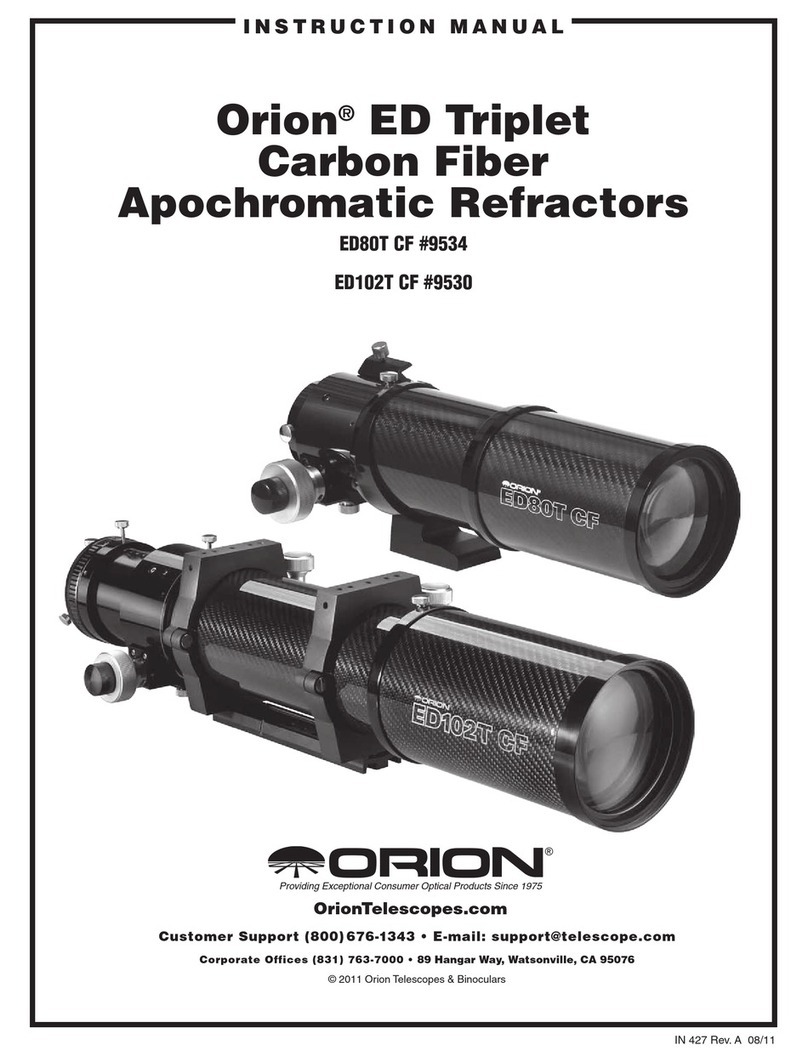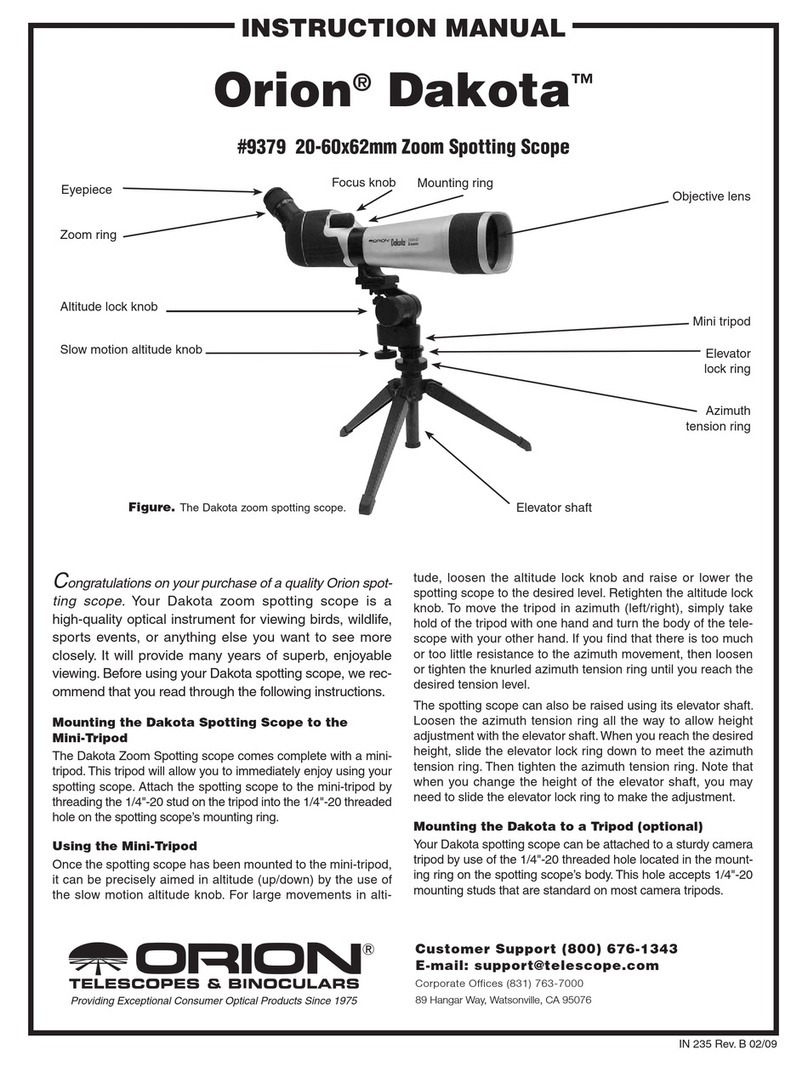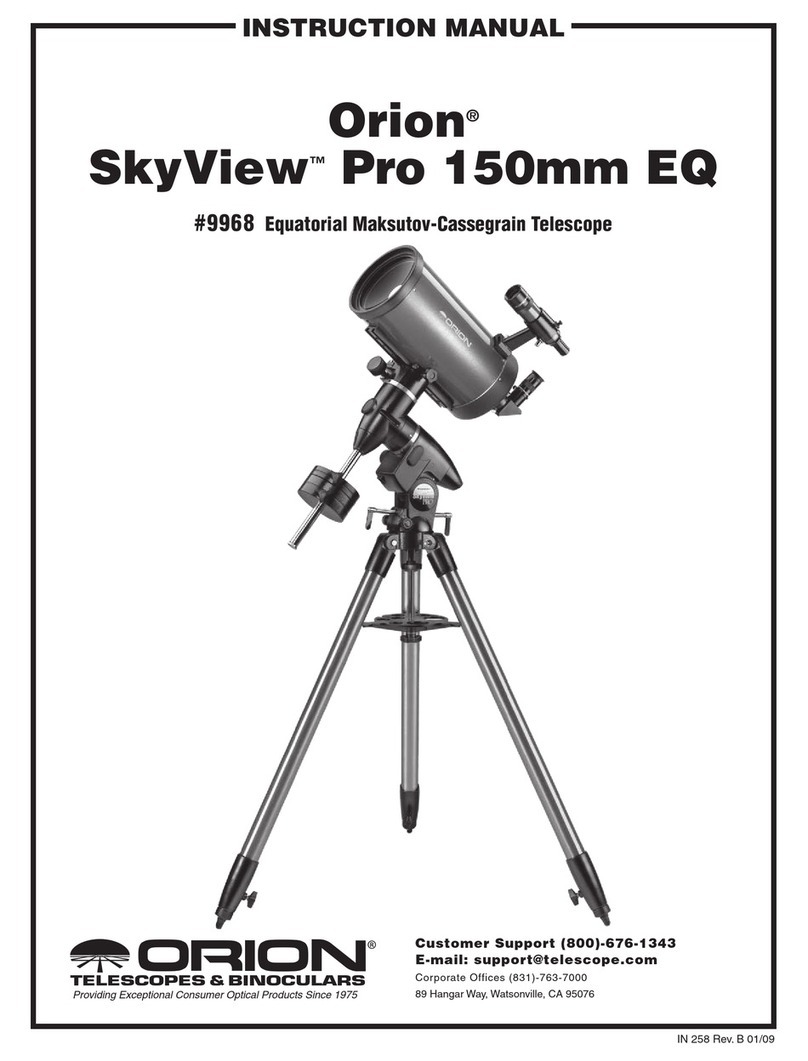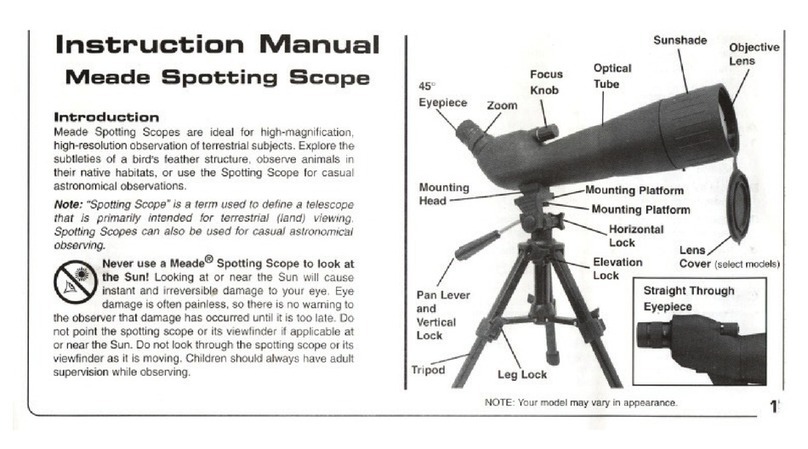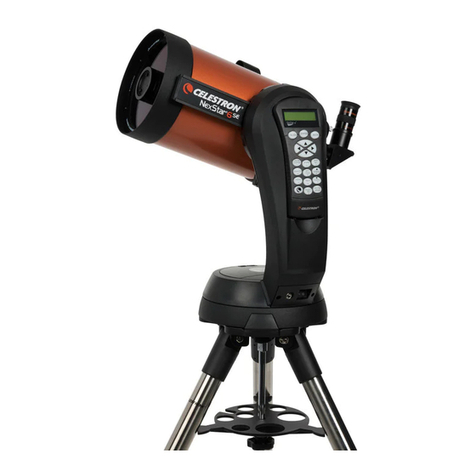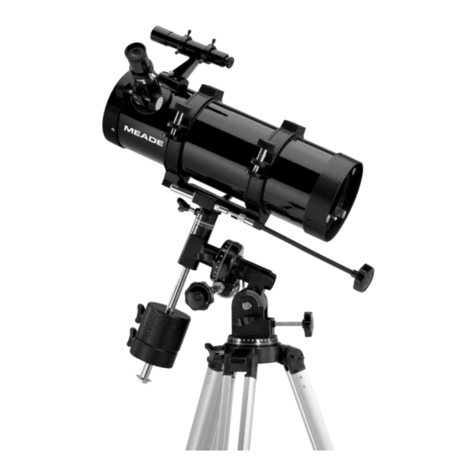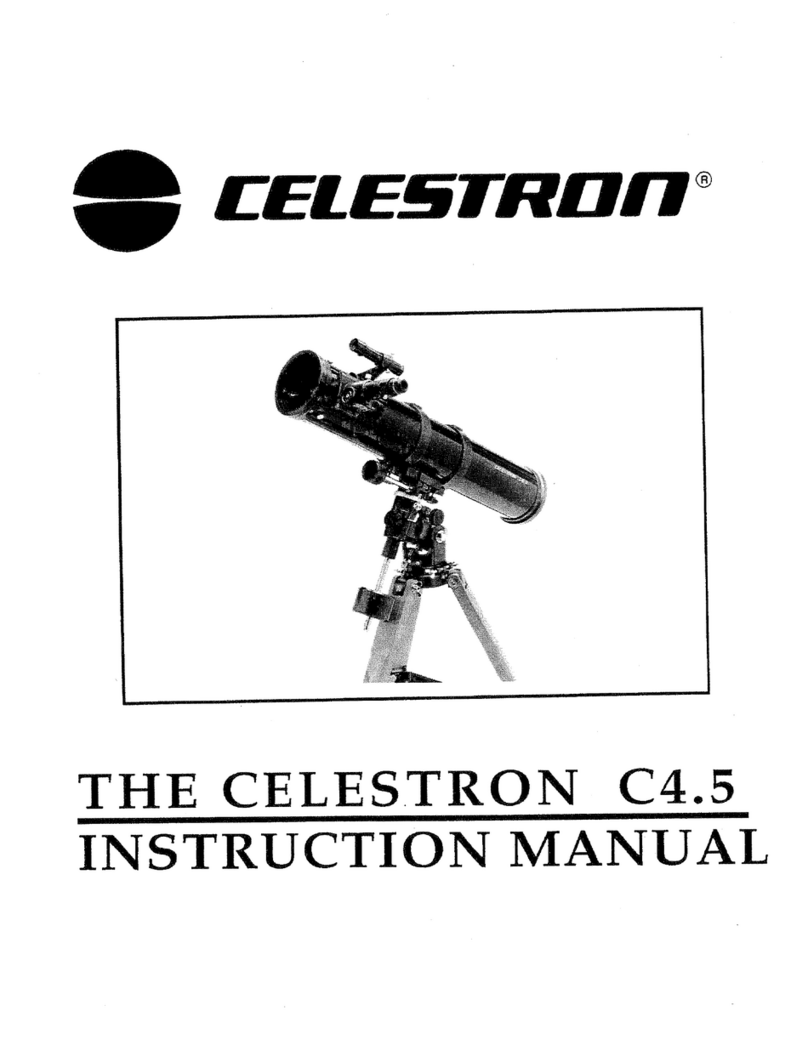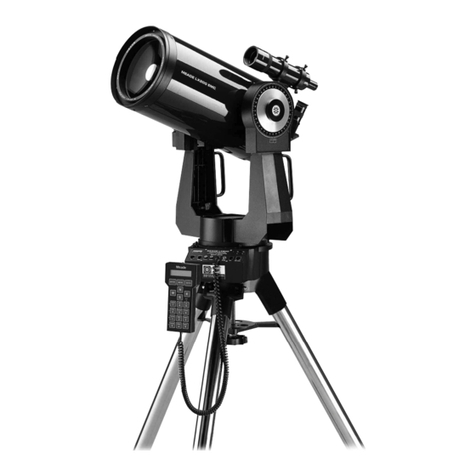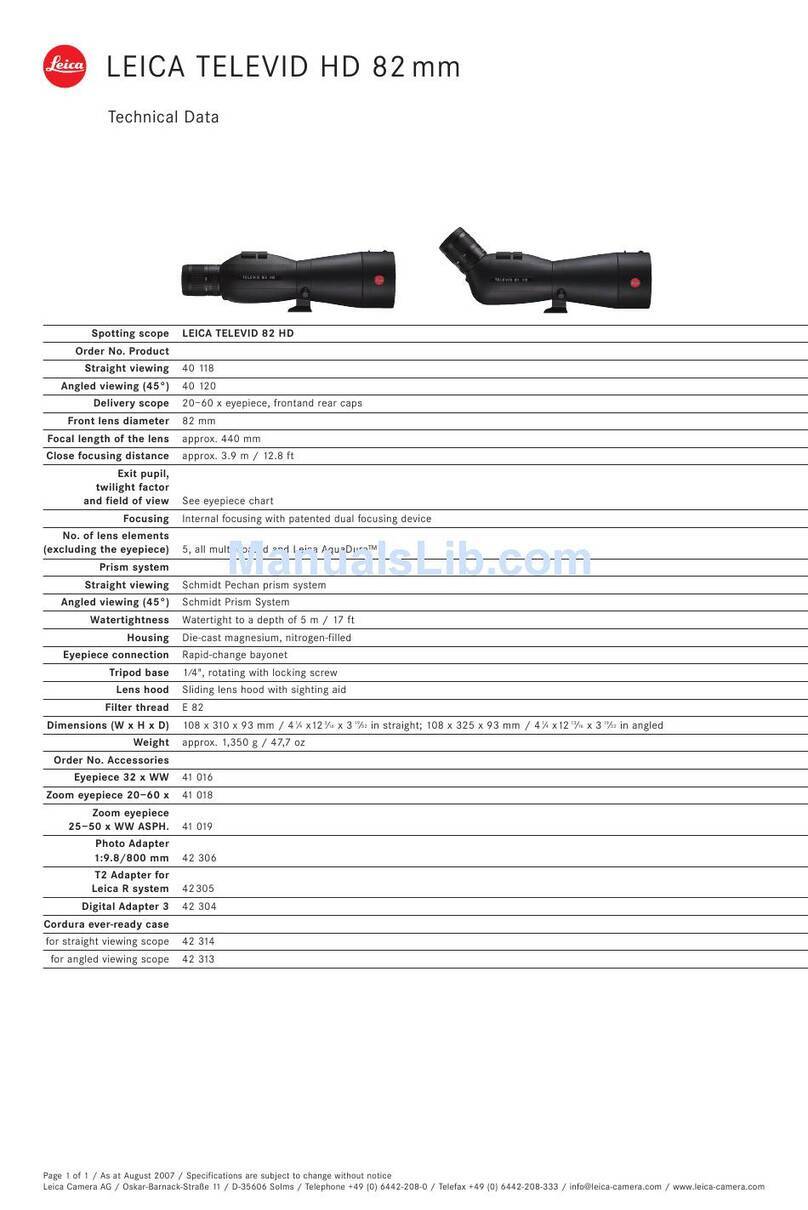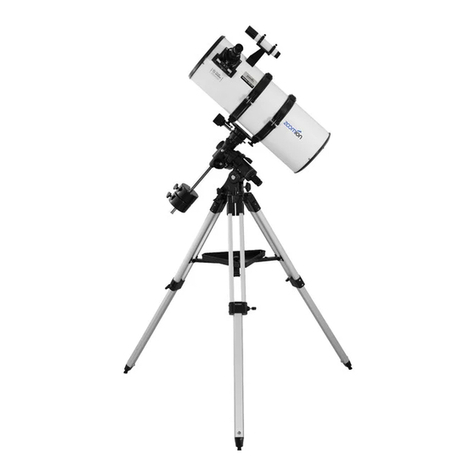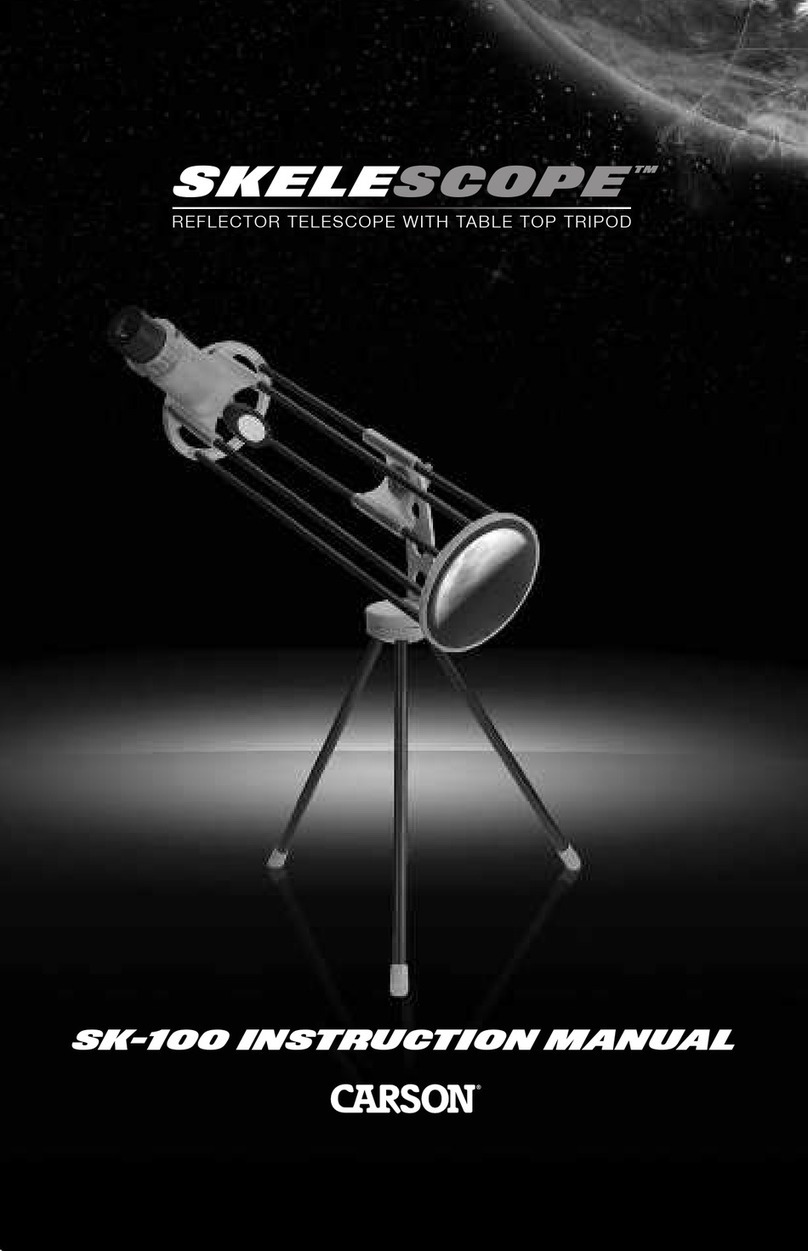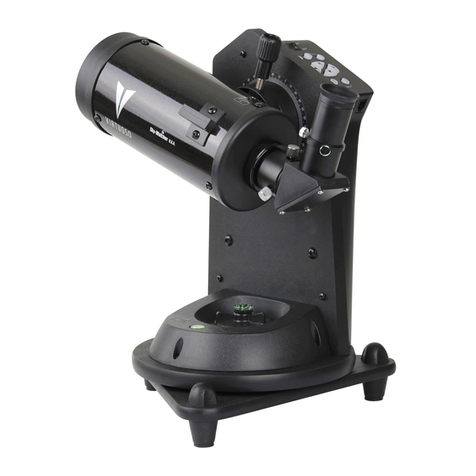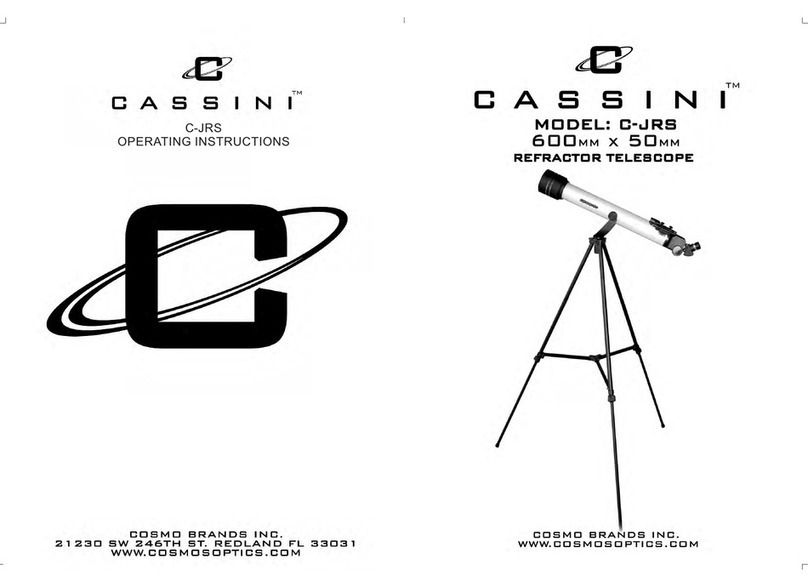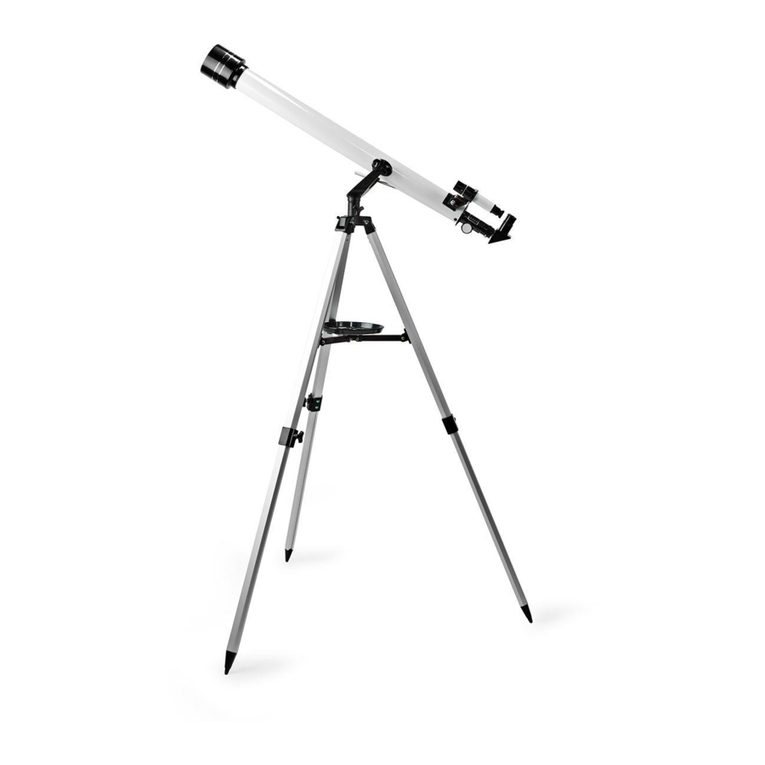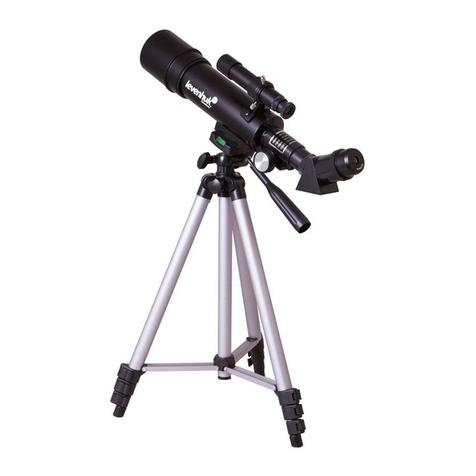
5
Fog on the mirrors and eyepiece: Please do not wipe the eyepiece with a tissue
or cloth. One of the odd things that happens during stargazing is that dew forms on
almost everything (and everyone). The big mirror is down at the bottom of the
telescope and it does not get much dew. Eyepieces, however, often have dew form
on them, making them useless until they warm up and dry.
If dew is settling, it is best to take the telescope inside to warm up and dry off.
The eyepiece has special coatings that could be damaged if it is rubbed or scratched.
Please do not touch the glass on the eyepiece and Please don’t clean or adjust the
lenses or mirrors. Let the librarian know if the lenses seem dirty. The main
mirror can be quite dusty before anyone would notice the image becoming poor.
Eyepieces, however, can get dirty fairly quickly, particularly when poked with
fingers. If it happens, let the librarian know and she or he will have it cleaned.
GETTING STARTED:
Now that you have the telescope at home, please get familiar with the different parts
and functions shown on page 3. The brief explanation at the library should help to
get you started. Practice indoors with the telescope before going outside and try to
use it in the dark. When the telescope is not in use, please leave the eyepiece dust
cap and the front cover in place.
SETTING UP:
Set-up the telescope on a stable surface to help avoid vibrations. Do this while it is
still daylight to make it easy to see and to allow the mirror to reach ambient
temperature. The image will be much better if you let the telescope cool down to
outside air temperature before you start observing after dark, and it is much easier
to set-up in daylight, just before sunset.
The images will be upside down and backward when
viewing in the eyepiece. When seen at night, the objects in the sky are
light years away. That they are upside down really doesn’t matter. The
Zoom eyepiece is permanently mounted in the focuser. Remove the
dust caps from the eyepiece and front of the telescope tube.
